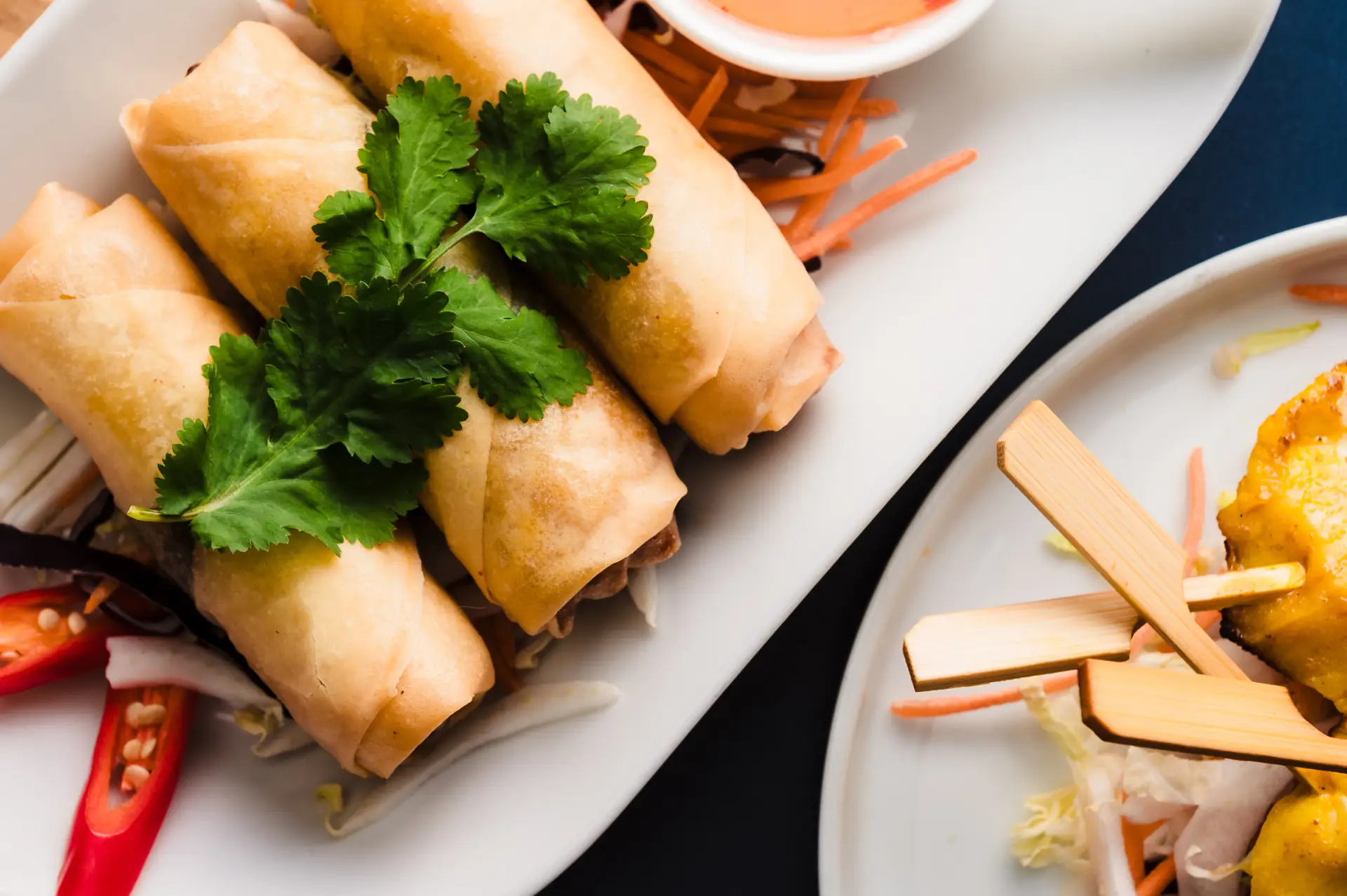Ask five people what “authentic” means and you’ll probably get five different answers.
When it comes to Thai food, the idea of authenticity is a bit of a moving target. It’s shaped by region, tradition, family, and even personal taste. But still—there are a few things that tend to hold true. If you’ve ever wondered what gives Thai cuisine its unique character (and why it’s so hard to fake), this one’s for you.
Let’s break it down.
It Starts with Balance
Thai food is all about balance.
Not in a vague or symbolic way—but in the actual flavours on the plate. Sweet, salty, sour, and spicy. Often all in the same dish. And when it’s done right, no single flavour overpowers the others. They play off each other instead.

Take Tom Yum for example. The heat of the chilli, the sharpness of lime juice, the saltiness of fish sauce, the sweetness from sugar—it all comes together in one spoonful. Nothing’s muted. And nothing’s screaming for attention. That’s the aim.
Fresh Ingredients. Always.
There’s no substitute for freshness.
A good Thai kitchen uses ingredients that punch through with flavour—lemongrass, lime leaves, galangal, garlic, Thai basil, fresh chillies. These aren’t just garnish. They are the dish.
Pre-made sauces or pastes can shortcut the process, but you’ll never get that same depth of flavour. Authentic Thai food is built layer by layer, often starting with pounding fresh herbs and spices into a paste using a mortar and pestle. It’s time-consuming. But it’s worth it.
You’ll taste the difference.
Proper Techniques
Technique matters.
There’s a reason Thai stir-fries have that signature smoky aroma. It’s called “wok hei”—a sort of charred, savoury depth that comes from cooking on high heat, fast. You need a screaming-hot pan, constant movement, and a practiced hand. Blink and your garlic goes from golden to burnt.

Soups simmer slowly with aromatics. Curries are gently reduced until they thicken and the oil separates on top. It’s not guesswork. It’s experience.
And even little things—like how papaya is shredded, or how sticky rice is steamed—can completely change the texture and flavour if done wrong.
No Shortcuts
Maybe this goes without saying, but: real Thai food isn’t about shortcuts.
It’s easy to throw some soy sauce on noodles and call it Thai. But if it doesn’t include the essential ingredients—fish sauce, tamarind, palm sugar, chilli, lime—it’s missing the point.

Authentic dishes take time. There’s soaking, chopping, pounding, simmering. Ingredients aren’t just added—they’re built up over time. The results aren’t fussy or fancy, but they’re carefully made.
And that care shows.
So… What’s “Authentic” Then?
Well, it’s a mix of things.
- Balance of flavour
- Use of traditional ingredients
- Respect for regional dishes
- Proper techniques
- No cutting corners
But also—authentic food isn’t frozen in time. Even in Thailand, recipes evolve. People adapt. Maybe your local Thai restaurant doesn’t use as much chilli as you’d get in Chiang Mai. Maybe they serve pad Thai a little sweeter, or tone down the funk of fermented fish sauce. That doesn’t make it inauthentic. It makes it theirs.
Authenticity has room to breathe. It’s not about being rigid. It’s about cooking with care, using the right foundations, and making something that feels real.
At The Thai, that’s what we aim for. Dishes that taste like home—because they’re made the same way we’d cook for family.
No shortcuts. Just proper Thai food.





